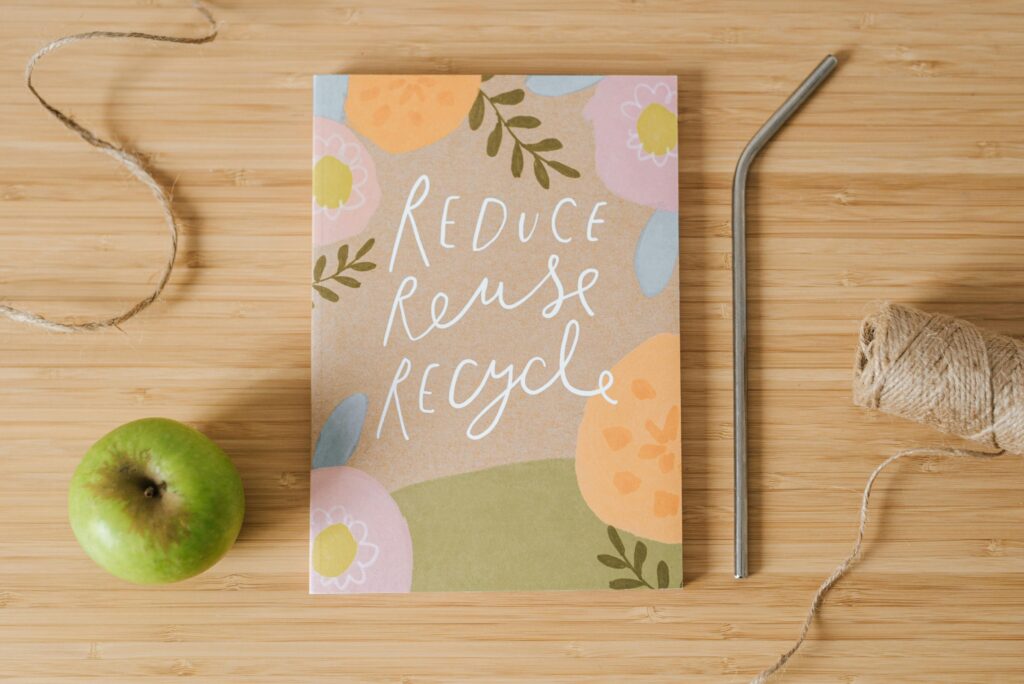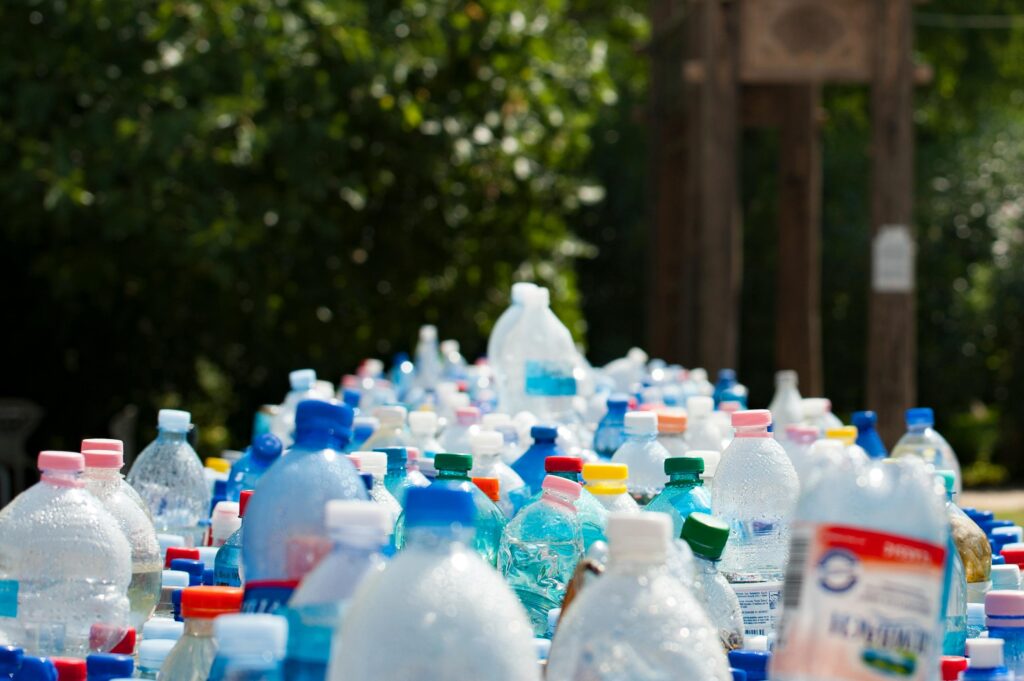“Did you know the average person uses over 11,000 disposable menstrual products in their lifetime?” Yikes. That’s enough to fill an entire room! And here’s the shocking part: most of those products take hundreds of years to break down in landfills, releasing harmful toxins into our planet along the way.
Welcome to the green revolution where organic meets necessity. In this post, we’ll unravel why compostable sanitary pads are your eco-friendly savior while protecting both your body and Mother Earth. You’ll learn:
- Why traditional pads are worse than you think.
- Step-by-step guide for transitioning to compostable options.
- Tips to choose the best brands without falling for greenwashing.
- Real-life testimonials that prove these pads work wonders.
Table of Contents
- Key Takeaways
- Why Traditional Pads Are Problematic
- How to Transition to Compostable Sanitary Pads
- Tips for Choosing High-Quality Organic Pads
- Success Stories: Women Who Made the Switch
- FAQs About Compostable Menstrual Products
- Conclusion
Key Takeaways
- Traditional pads contain chemicals and plastics that harm both health and the environment.
- Compostable sanitary pads decompose naturally, making them a sustainable option.
- Switching is easy when you follow simple steps like researching brands and trying samples.
- Not all “organic” labels are legit—always check certifications!
Why Traditional Pads Are Worse Than You Think
I once bought what I thought was a “natural” pad brand because the packaging looked earthy-chic. Spoiler alert: it wasn’t natural at all. Turns out, most conventional menstrual products are made from non-biodegradable plastics, chemical binders, and even bleach. Gross, right?
To make things worse, many women experience irritation or allergic reactions due to these synthetic materials. Add to that the environmental burden—they can take up to 800 years to break down, polluting soil and water as they sit in landfills.

How to Transition to Compostable Sanitary Pads
Optimist You: “Follow these tips!”
Grumpy You: “Ugh, fine—but only if coffee’s involved.”
Transitioning to compostable sanitary pads might sound intimidating, but trust me, it’s easier than perfecting your TikTok dance moves. Here’s how:
Step 1: Research Trusted Brands
Start by looking for certified organic and biodegradable options. Some top names include Natracare, Rael, and The Honey Pot Co. These companies use natural ingredients like bamboo fiber and cornstarch, ensuring comfort and safety.
Step 2: Try Samples First
No one wants to commit to a full box only to discover they hate it. Order trial packs or sample sets first to see which brand feels best during your period.
Step 3: Dispose Responsibly
Here’s the catch—not every household composter will break down blood-soaked items safely. Use industrial compost facilities (usually found through local waste management services) instead of tossing them in regular trash bins.
Tips for Choosing High-Quality Organic Pads
- Check Certifications: Look for seals from organizations like GOTS (Global Organic Textile Standard).
- Avoid Greenwashing: Just because something says “natural” doesn’t mean it actually is. Check ingredient lists thoroughly.
- Prioritize Breathability: Materials like organic cotton allow airflow, reducing discomfort and odor.
- Test Absorbency Levels: Ensure the pad matches your flow needs; heavy days require different choices than light ones.
Success Stories: Women Who Made the Switch
Sarah, a graphic designer from Portland, shared her journey on Instagram after switching to compostable sanitary pads: “I used to dread my period because of rashes and irritation. Within two cycles of using organic options, everything changed—I felt cleaner and more comfortable!” Another user mentioned better bathroom habits since moving away from synthetics.
Pro Tip: Follow influencers advocating zero-waste periods to get inspired and informed about new products regularly launching in the market.
FAQs About Compostable Menstrual Products
Are compostable sanitary pads really effective?
Yes! Most modern designs rival traditional ones in absorbency and comfort. Plus, they’re often softer against sensitive skin.
Do they smell different?
If anything, breathability reduces odors compared to plastic-heavy alternatives. Phew!
Where do I find them locally?
Check health stores, online retailers like Amazon, or specialized subscription boxes catering to eco-consumers.
Conclusion
The road to sustainability starts small—and swapping out single-use menstrual products is a massive leap forward. With compostable sanitary pads, you’re not just caring for yourself but also showing love to the planet. So go ahead, try a greener approach next cycle. Your future self—and Earth—will thank you.
Like a Tamagotchi, your SEO needs daily care. Stay committed, stay curious, and keep growing sustainably.


